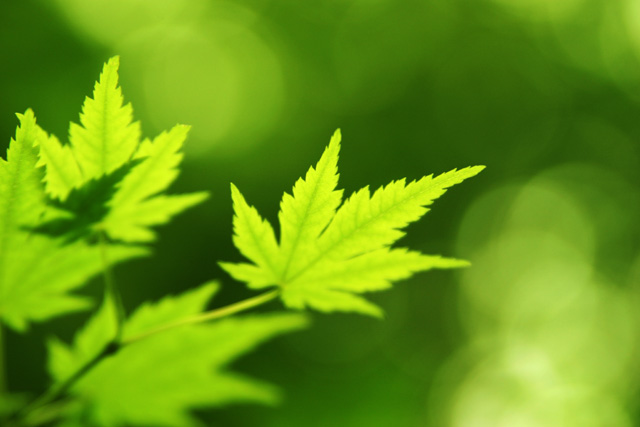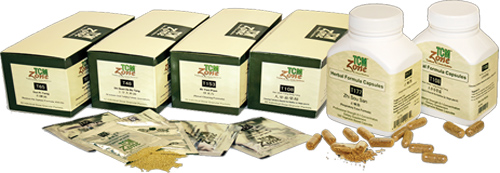
Copyright 2009 Acupuncture Healing Center of Arizona




Acupuncture Healing Center of Arizona





Healing through balance through acupuncture
Healing through balance through acupuncture
entrance of medical plaza
waiting area
Clinic room
Office entrance
Oriental Medicine
This is a sophisticated form of medicine that is comprised of many systematic techniques and methods, including acupuncture , herbal medicine, acupressure and Qigong. The most striking characteristic of oriental medicine is its emphasis on diagnosing disturbances of qi, or vital energy, in health and disease. Diagnosis in oriental medicine involves the classical procedures of observation, listening, questioning, and palpation, including feeling pulse quality and sensitivity of body parts.
The professionalization of oriental medicine has taken diverse paths in both East Asia and the United States. Currently, the model in the People's Republic of China, which was established after the 1949 revolution, involves the organized training of practitioners in schools of traditional Chinese medicine. The curriculum of these schools includes acupuncture , oriental massage, herbal medicine, and pharmacology , though the clinical style of making a diagnosis and then designing a treatment plan is the one traditionally associated with herbal medicine. The graduates of these colleges are generally certified in one of the four specialty areas at a training level roughly equivalent to that of a Western country's bachelor's degree.
In the United States, the professional practitioner base for oriental medicine is organized around acupuncture and oriental massage. There are about 6,500 acupuncturist practitioners in the United States. The American Oriental Body Work Therapy Association has approximately 1,600 members representing practitioners of tuina, shiatsu, and related techniques. Many American schools of acupuncture are evolving into "colleges of oriental medicine" by adding courses in oriental massage, herbal medicine, and dietary interventions. They also are offering diplomas, master's degrees, and doctor's degrees in oriental medicine. The legal sanctioning of oriental medical practice is most extensive in New Mexico, where the acupuncture community has established an exclusive profession of oriental medicine. Their legal scope of practice is currently similar to that of primary care M.D.s and D.O.s (doctors of osteopathy ), and their State statute restricts other licensed New Mexico health professionals' ability to advertise or bill for oriental medicine or acupuncture services.
Extensive research has been done in China through the institutions of traditional Chinese medicine , but only in the past quarter century have biomedical scientists in China characterized and identified active agents in much of traditional medical formulary. The use of traditional oriental herbal medicines and formulas in China and Japan has been studied for therapeutic value in the following areas: chronic hepatitis ; rheumatoid arthritis ; hypertension ; atopic eczema ; various immunologic disorders, including acquired immunodeficiency syndrome (AIDS); and certain cancers. It would be useful to repeat these studies in the United States, assessing U.S. clinical populations according to high-quality research criteria.
The most widely used oriental medicines in our clinic office are from Honso. Honso's GMP pharmaceutical facilities in Japan offer unrivaled high standards, from selection of the highest grade materials to perfection of proprietary processing techniques that ensure maximum quality, efficacy and safety. Every lot of the Honso Kampo product is routinely tested by its Quality Control Department. They are tested for heavy metals, purity, and microbial content to eliminate any contaminant. Most important of all, Honso tests the levels of key chemical constituents of at least two marker herbs by HPLC for quality control on every formula. This is carried out from the blending of the raw herbs to the end product according to the Ministry's pharmaceutical standards. This is the most rigorous way to maintain consistency of quality from batch to batch each time.









